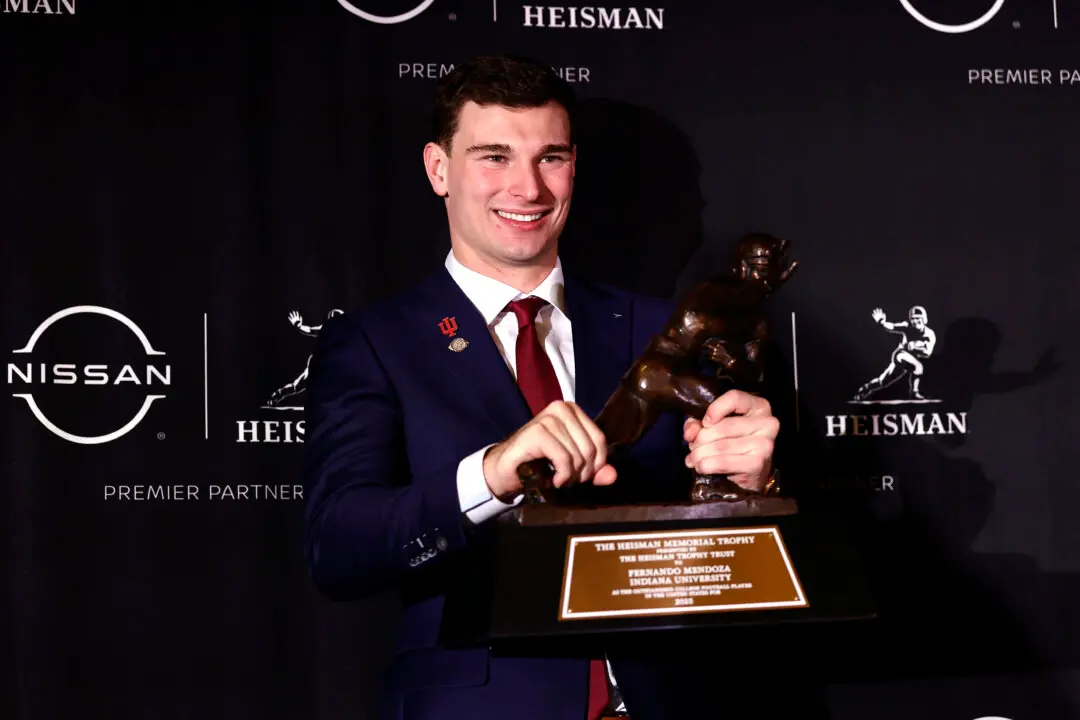During my late teens, my mom handed me two worn, blue passport-size books with details of my custodial investment accounts. I had no clue what to do with them, but it didn’t matter, because the accounts were empty anyway. Perhaps for the best, because I’m almost certain my assets wouldn’t have stood a chance.
I am now a mother, have opened a custodial account for my 4-year-old son, and often think about how I can prepare him to take control of his investments in the future. If you’re looking for ways to prep your child for investing, an experienced parent and financial experts have some ideas.






